Catalytic asymmetric synthesis represents a cornerstone in modern organic chemistry, enabling the creation of chiral molecules with high levels of stereocontrol. This field addresses the challenge of selectively synthesizing molecules with a desired spatial arrangement of atoms, crucial for pharmaceuticals, agrochemicals, and materials science. Unlike traditional asymmetric synthesis methods that often rely on stoichiometric chiral reagents, catalytic asymmetric synthesis employs chiral catalysts to facilitate the formation of enantioenriched products from achiral or prochiral substrates. One prominent strategy in catalytic asymmetric synthesis involves the use of transition metal complexes as catalysts. These complexes exploit the inherent chirality of the ligands coordinated to the metal center to induce asymmetry in the reaction. Ligands such as chiral phosphines, N-heterocyclic carbenes, and binaphthyl-based compounds have been extensively employed for this purpose. The catalytic cycle typically involves substrate coordination, stereochemically controlled transformations, and product release, all under the influence of the chiral catalyst.
Another significant approach is organocatalysis, which employs small organic molecules as catalysts to induce chirality. Organocatalysts often feature functional groups capable of mediating asymmetric transformations through non-covalent interactions, such as hydrogen bonding, ion pairing, or π-π stacking. Prominent examples include proline derivatives, chiral amines, and thioureas, which have found widespread use in various asymmetric transformations. Overall, catalytic asymmetric synthesis offers a powerful toolkit for accessing enantioenriched compounds with high efficiency and selectivity. Ongoing research efforts continue to expand the scope of catalytic systems, exploring new catalyst designs, reaction mechanisms, and substrate scopes to address the growing demand for chiral molecules in diverse fields.
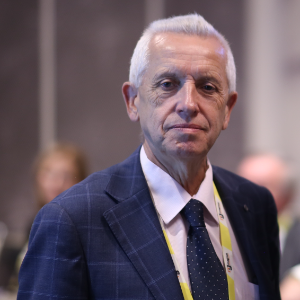
Stanislaw Dzwigaj
Sorbonne University, France
Dai Yeun Jeong
Asia Climate Change Education Center, Korea, Republic of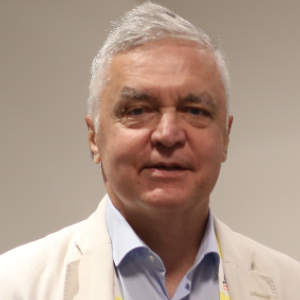
Sergey Suchkov
N.D. Zelinskii Institute for Organic Chemistry of the Russian Academy of Sciences, Russian Federation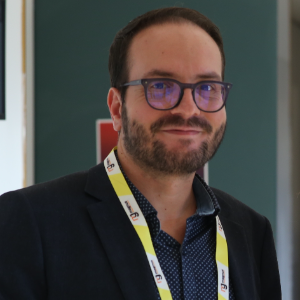
Enrico Paris
CREA-IT & DIAEE, Italy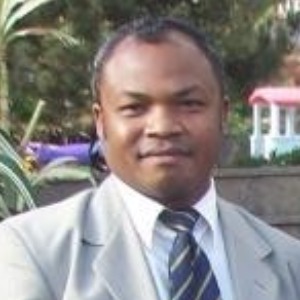
Rabeharitsara Andry Tahina
GPCI-ESPA Antananarivo University, Madagascar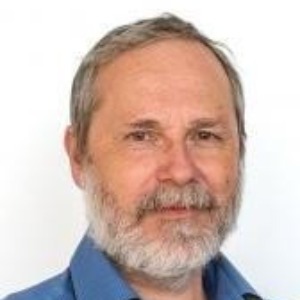
Jiri Dedecek
J Heyrovsky Institute of Physical Chemistry , Czech Republic
Uday Som
Research and Development Engineer, Japan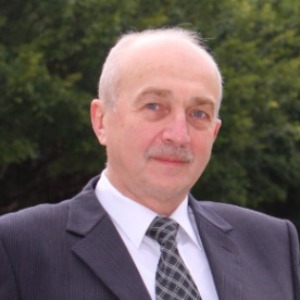
Vladimir G Chigrinov
Hong Kong University of Science and Technology, Russian Federation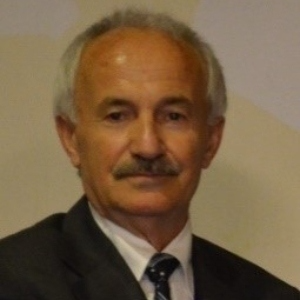



Title : Distant binuclear vanadium V(II) cationic sites in zeolites and their reactivity
Jiri Dedecek, J Heyrovsky Institute of Physical Chemistry , Czech Republic
Title : Advanced nanostructures for carbon neutrality and sustainable H₂ energy
Tokeer Ahmad, Jamia Millia Islamia, India
Title : Personalized and Precision Medicine (PPM) as a unique healthcare model via bi-odesign, bio- and chemical engineering, translational applications, and upgraded business modeling to secure the human healthcare and biosafety
Sergey Suchkov, N.D. Zelinskii Institute for Organic Chemistry of the Russian Academy of Sciences, Russian Federation
Title : Antibody-proteases as a generation of unique biomarkers, biocatalysts, potential targets and translational tools towards nanodesign-driven biochemical engineering and precision medical practice
Sergey Suchkov, N.D. Zelinskii Institute for Organic Chemistry of the Russian Academy of Sciences, Russian Federation
Title : Dimethyl ether synthesis from syngas over Cu-Zn/Al2O3 catalysts prepared using the Sol-Gel method
Uday Som, Research and Development Engineer, Japan
Title : Influence of various catalysts on H₂ enhancement and CO2 capture during syngas upgrading
Enrico Paris, CREA-IT & DIAEE, Italy
Title : Photoaligned azodye nanolayers : New nanotechnology for liquid crystal devices
Vladimir G Chigrinov, Hong Kong University of Science and Technology, Russian Federation
Title : Application of vanadium, tantalum and chromium single-site zeolite catalysts in catalysis
Stanislaw Dzwigaj, Sorbonne University, France
Title : Advances in heterogeneous catalysis for green conversion of propene to aldehydes and alcohols
Ram Sambhar Shukla, CSIR-Central Salt and Marine Chemicals Research Institute (CSMCRI), India
Title : Oxidation of methane to methanol over pairs of transition metal ions stabilized in the zeolite matrices
Jiri Dedecek, J Heyrovsky Institute of Physical Chemistry , Czech Republic